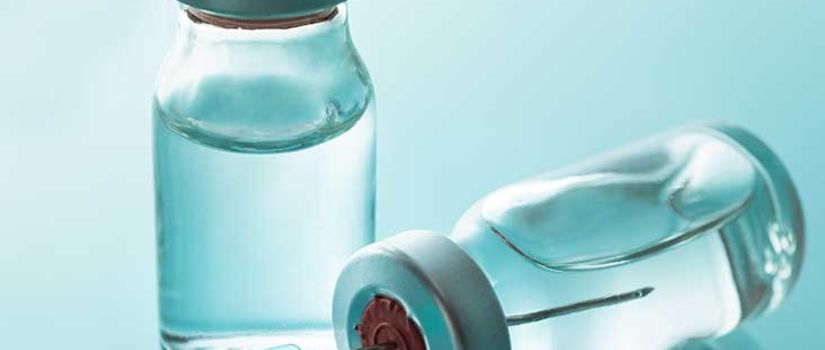
In-use stability testing for multidose products was initially based in the Note for Guidance on In-use Stability Testing of Human Medicinal Products of the CPMP of the EMA, in March 2001. According to it the purpose of in-use stability testing is to establish a period of time during which a multidose product can be used whilst retaining quality within an accepted specification once the container is opened.
Later on, the WHO Technical Report Series, No. 953, 2009, Annex 2, Stability Testing of Active Pharmaceutical Ingredients and Finished Pharmaceutical Products, defined that the purpose of In-use Stability Testing is to provide information for the labelling on the preparation, storage conditions and utilization period of multidose products after opening, reconstitution or dilution of a solution.
As the last document states, either physical, chemical and microbial properties of the finished pharmaceutical product susceptible to change during storage should be determined over the period of the proposed in-use shelf-life. However, potential microbiological contamination of sterile drug products is a major concern.
The design of an in-use microbial stability study of an injectable drug product should take into account the specifications of the product in terms of expiration date, storage conditions, temperature, light protection, reconstitution instructions, diluents used and any other relevant information. In addition, the protocol should simulate the way the product will be used in the real clinical practice. A general procedure is based in an intentional contamination of both, the reconstituted vial and the large volume bag were the product is diluted. Different microorganisms are tested: Pseudomonas aeruginosa, Escherichia coli, Staphylococcus aureus, Candida albicans, Aspergillus brasiliensis, using suspensions of a concentration equivalent to 100 CFU/ml. The contamination is measured by membrane filtration procedure, including negative and media controls, and microbial counting is usually performed at three times: initial time, final time of expected use and a larger period. A positive result is considered if the microbial population of samples within this period does not increase more than 0.5 log10.
If you want to learn more about our services in stability studies, click here.

